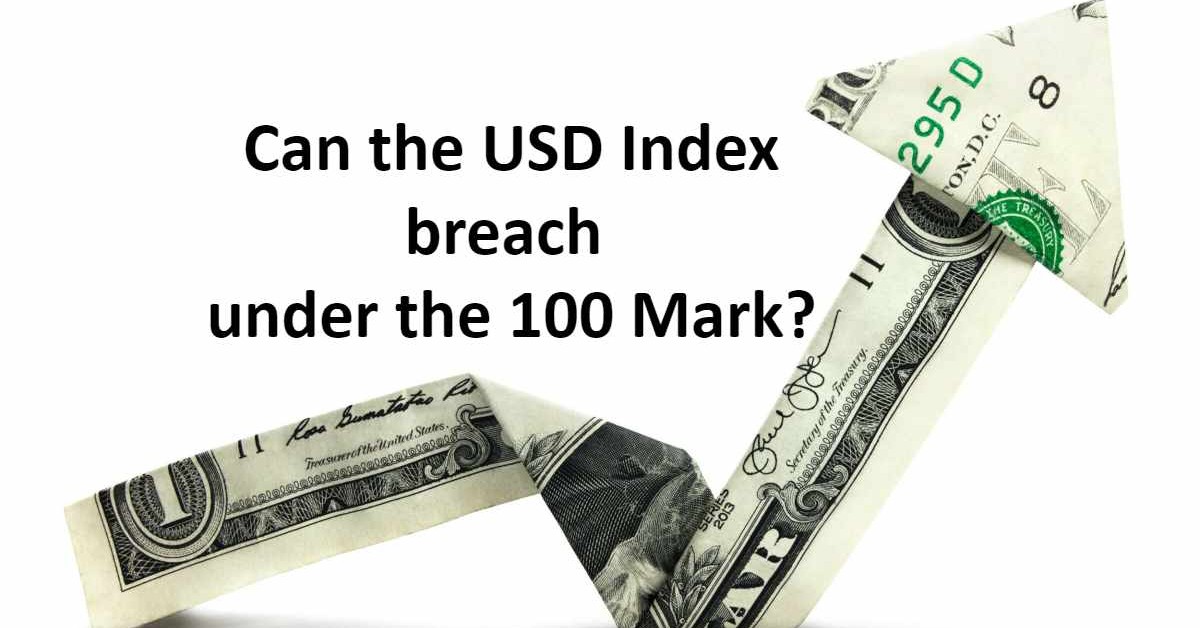Policy makers' decision in their last meeting was not hawkish, but it was not dovish as well to help the stock markets as well. More than anything else, it brought a feeling of disappointment for investors.
Decision makers in the US Federal Reserve Open Market Committee raised the benchmark interest rate by 25 basis points to the range of 4.75%-5.00%, with no change in their other policies, which was totally in line with market expectations. However, as we mentioned in our preview, the market participants followed Fed Chair Powell's speech and dot plots rather than decisions. The interest rate range reached its highest level since September 2007.
For the expected economic growth, Fed expects GDP to grow by 0.4% this year, which is lower than the 0.5% previously estimated. For 2024 also expectations eased to 1.2% from 1.6% previously. On top of that, FOMC members expect weaker labor market growth, with an expected unemployment range of 4.5% and 4.6% in 2023 and 2024. Lower economic growth expectations have been associated with higher inflation expectations. The committee increased its PCE and core PCE estimates to 3.3% (previously 3.1%) and 3.6% (previously 3.5%) in 2023, but 2024 estimates sharply decreased to 2.5% and 2.6%.
While Fed expects slower economic growth and a more extended period of high inflation, they did not change the Fed expected terminal rate for 2023 but raised the estimates for next year. The federal terminal funds' rate is the final interest rate the Federal Reserve sets as its target rate for overnight interbank lending. It is expected at 5.1% in 2023 and then 4.3% next year (up from 4.1% previously).
About the recent banking tensions and concerns, Fed chair Powell said that inflation is more worrying. Therefore, the consensus decision was to raise the rates. However, he noted that "credit conditions for households and businesses are likely to tighten following the recent turmoil" but also said that "the overall banking system remains sound and resilient."
US central bank needs more time to watch where these tensions go and how to respond. These data and comments, in short, mean that Fed expects lower economic growth, but still, inflation concerns are pushing them to raise the rates; therefore, the soft landing scenarios are still alive, and we have to wait for more pressures on Stock markets.
On the currency front, the US dollar index closed lower last night; however, with more digesting data and decisions in other economies, we expect USD to regain its safe-haven demand again, which means seeing lower levels for the greenback is not much more likely at the current situation.
From a technical point of view, in the Daily chart, we are in a downtrend, but still, we have solid support at 101.50; that is why the EMA crossing strategy still can not confirm the downtrend after touching under 101 back in February's second. OBV trend line also still can not ensure lower levels, but it falls more, and under the 102 mark, doors will open for lower levels. On the flip side, if the price increases, we have resistance at 50 DMA (103.40), 20 DMA (104.30), and 105.20.


















